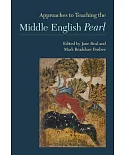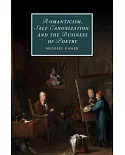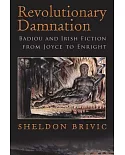The first study to consider masques from the point of view of reception as well as production, Reading Masques illuminates intersections of elite and public culture in
seventeenth-century England. Court masques, the rhetorically slight but visually and aurally spectacular dramas that framed hours of festive dancing at the English courts of James I and Charles
I, were major social occasions for the aristocratic audiences who participated in them, and they have been central to historical and literary considerations of the era's elite culture. However,
masques were also undertaken in a far wider range of guises, venues, and decades than has previously been considered. Masques were engaged not only through performance, but also as written
texts, through oral report, and adapted as plays, newsbooks, ballads, and operas. Lauren Shohet traces the ways that both courtly and non-courtly masques circulated, connects arenas of
performance and print, and rethinks what it means to "read" a masque. Expanding our current understanding of the genre, she draws familiar masques by Jonson, Milton, Davenant, and Shirley
together with both lesser known masques and better known plays. The study interweaves analysis of text, music, and spectacle with research into the printing, marketing, and readership of
masques, demonstrating the form's importance beyond the social and historical parameters of other studies. Masques' participation in emergent news culture, public theatre, and pamphlet debate
reveals the masque's wide significance not only in the Stuart era, but also during the Interregnum, the Restoration, and beyond. As early opera, masques adapted and carried forward Shakespeare
and other Tudor-Stuart dramatists, proving central for the construction of a national dramatic canon.





















